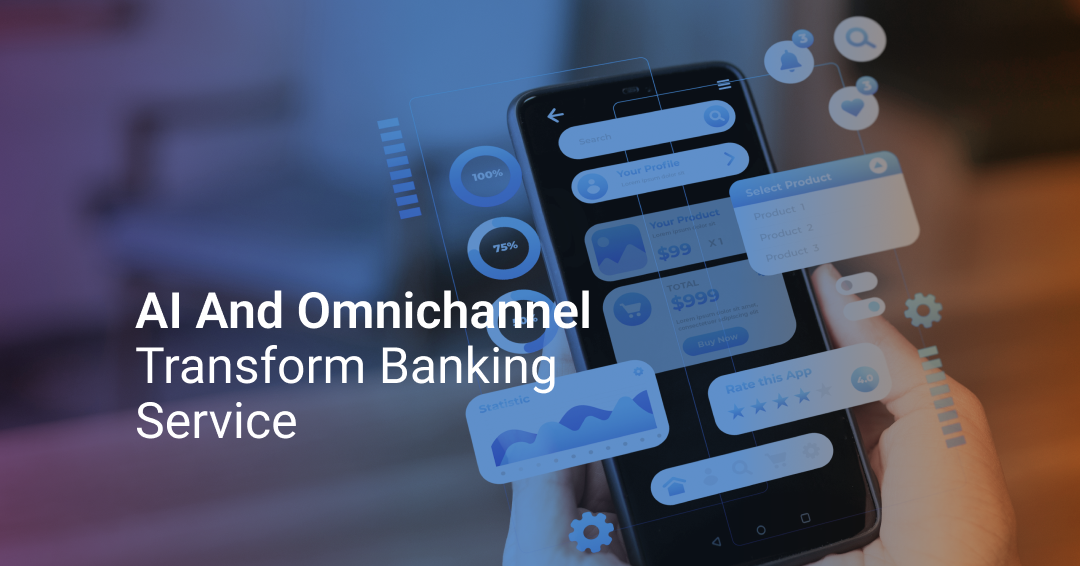10 Banking Contact Center Trends Reshaping Customer Service in 2025
The way customers interact with their banks is changing faster than ever. The term "good service" now means something else entirely, following the...
Compliance is critical to organizations. However, organizations face a number of challenges in adhering compliance reporting to relevant security regulations within their workflows and operational processes.
Businesses should answer a common question when reviewing their compliance requirements strategies: “What are the best ways to encourage team members to report employee misconduct?”
Companies can use intelligent virtual agents (IVAs) as compliance automation tools to simplify compliance processes and empower teams to report employee misconduct.
One of the biggest challenges with compliance reporting is what researchers call “organizational silence,” which creates a barrier for employees who might otherwise speak up. Organizational silence is defined as a widespread pattern of employees withholding information about potential problems or misconduct in an organization.
Blowing the whistle on employee misconduct requires courage. And one major reason is because being the one to rock the boat carries risk—either real or perceived. Employees don’t want to jeopardize their careers. In fact, research shows that whistleblowers are more likely to remain silent if they anticipate a greater threat of retaliation.
In the face of these challenges, how can organizations create a culture of trust and encourage workers to report employee misconduct? It’s a challenge with a lot of layers. Fortunately, compliance automation tools can help simplify compliance and set processes that build trust.
Let’s take a closer look at five steps business leaders can take to establish a culture that champions speaking up.
Compliance automation can help ensure employees have easy and anonymous access to external reporting tools.
For instance, a company can create a secure hotline or messaging platform for individuals to report employee misconduct. They can then use communication automation tools such as IVAs to guide employees through compliance reporting. An added benefit of this type of self-service compliance automation is that it can also help businesses scale their reporting capabilities without adding headcount.
To reach reporting benchmarks for success, business leaders should design compliance automation channels to allow group reporting. Why? Most people prefer to report misconduct with allies as opposed to flagging employee misconduct alone, which makes perfect sense. When faced with a moral decision that may conflict with a business decision, it can be less burdensome to take action together.
Another key to ensuring the right things happen in compliance reporting is to eliminate common roadblocks to the reporting process.
Well-known roadblocks include:
A company can simplify compliance and mitigate these roadblocks with clearly defined compliance requirements. IVAs are often used in concert with an external reporting channel. This helps automate how a company sets and shares compliance requirements across the organization.
The use of external reporting channels has been found to add value in multiple ways. First, they’ve been found to mitigate the bystander effect. Secondly, the science is clear: having external reporting channels in place effectively encourages employees to report employee misconduct.
Companies can simplify compliance and encourage reporting with tools that enable messaging. For instance, a team member that has flagged employee misconduct via an IVA can then track their report and monitor for response to the incident.
But that’s not all. Businesses that use IVAs also have the ability to distribute messages that proactively check in on employees after they report an issue.
These capabilities help simplify compliance for the business and make sure the person who reported employee misconduct is not subject to retaliation.
Compliance automation messaging platforms can also encourage and remind employees to take required training—and can do so in an encouraging tone. It’s incredibly valuable for businesses to remember that they have the opportunity to positively motivate employees with stories of courage and incentives.
“If you see something, say something,” as the saying goes. But a primary reason people don’t report employee misconduct is uncertainty about how they should respond when they see something.
So what are the “somethings” employees should be on the lookout for? In other words, what types of behavior constitute a violation?
Violation recognition generally falls into five categories:
Of course, there’s a major difference between knowing the categories of violation and being able to recognize them in action. That requires training.
But the good news is that AI-enabled communications can help companies distribute security training materials to employees. As noted above, businesses can schedule messaging campaigns through an IVA to remind employees to complete training programs. The IVA could also help streamline and simplify compliance by providing answers to common employee questions around security regulations.
The simple truth is that many employees fear retribution if they report employee misconduct. In this context, it may seem like a large task to establish a work culture where speaking up is not only safe but encouraged. So how can businesses work to successfully create an environment of cultural integrity?
First and foremost, communication and accountability are critical. And to this end, IVAs can help business leaders increase the frequency of open communications between employer and employees. The associated benefits of compliance automation are just a bonus.
At the end of the day, businesses that invest in ways to improve compliance reporting will empower employees to speak up and hold others accountable. When this becomes a pattern, the company creates a culture that not only values but rewards integrity.
Employees want to hear and understand that making mistakes is acceptable. They thrive in an environment where listening to each other is the norm. And when the situation calls for it, they want to know they can report employee misconduct without negative consequences.
IVA from Mosaicx can give employees a platform where they can safely and anonymously speak up. Companies that integrate IVAs like Mosaicx within their communication and compliance reporting systems can use them to:
By increasing not only the frequency of messages but the positive nature of those communications, companies can build a culture of integrity and accountability.

The way customers interact with their banks is changing faster than ever. The term "good service" now means something else entirely, following the...

Artificial Intelligence is no longer a buzzword, it’s the foundation of how leading brands are delivering faster, more personalized, and more...
.jpg)
Every customer interaction leaves an impression. That’s easy to manage when you’re dealing with a handful of queries a day, but at the enterprise...
